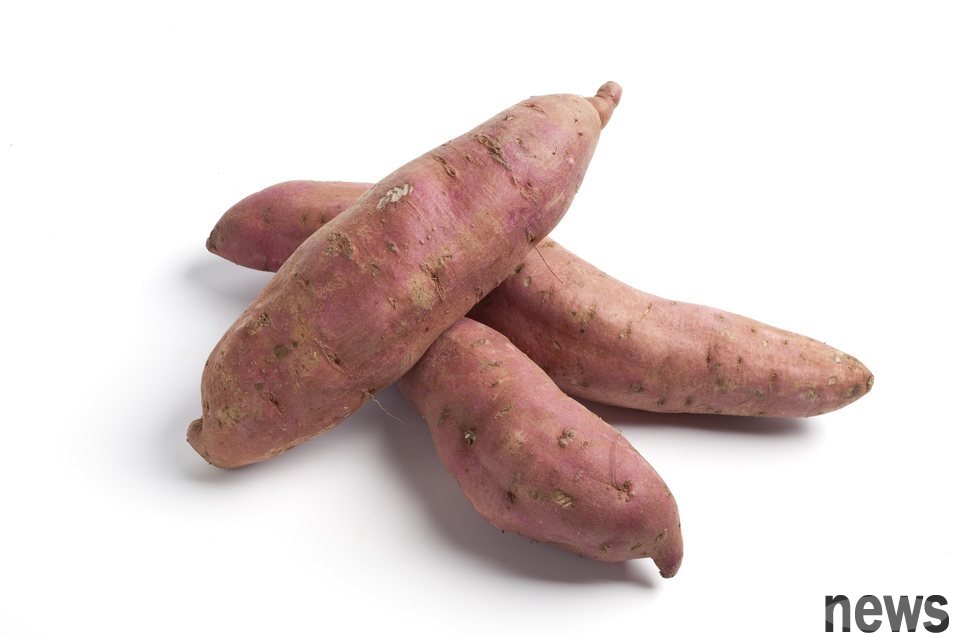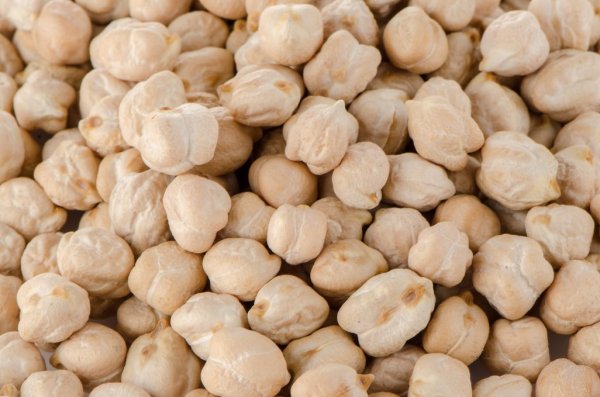How can steamed sweet potatoes not get wet? Steaming and cooking process key 1 step steaming out sweet sweet potatoes

Steamed sweet potatoes are a healthy and simple way to cook, but if handled incorrectly, the sweet potatoes may become moist and even have broken skin, affecting the taste and appearance. Here are some tips to make the sweet potatoes steamed smooth and sweet and not wet, and the skin is complete.
Stepping sweet potatoes
1. Choose suitable sweet potato types
Different varieties of sweet potatoes have different tastes and moisture contents, which is the key to affect the steaming effect.
. Products with higher powder quality (such as yellow or purple-hearted sweet potatoes) are more suitable for maintaining a relaxed and sweet taste after steaming.
. Because red-hearted sweet potatoes have more moisture and tend to be damp and sticky after steaming, they are not recommended to use them.
2. Appropriate cleaning and processing
. Cleaning: Scrub the surface of sweet potatoes thoroughly to remove soil, but do not soak over soak to avoid absorbing too much moisture.
. Retaining the skin: The skin can hold the moisture and prevent the sweet potato from over-absorbing water and moisture.
3. Cut and steaming method
. Avoid chopping too small: Steam the whole piece or cut into 5-8 cm sections to help to be evenly heated and not easily wet.
. Use a steaming rack to steam in water: Place sweet potatoes on the steaming rack to avoid direct contact with moisture and heat them only by steaming.
4. Control the cooking time and firepower
. Medium heat heating: Excessive high firepower will cause rapid moisture to rise, affecting the taste.
. Steaming time:
Small sweet potato: about 15 minutes.
Medium and large sweet potatoes: about 20– 25 minutes.
You can use chopsticks or forks to test the maturity: it can penetrate easily but not too soft.
5. Suitable exhaust gas to prevent water from being drained during the steaming process, the pot can be opened to allow the excess water in the pot to discharge, preventing the condensation water from dripping back to the surface of the sweet potato, causing moisture or skin breakage.
6. After evaporation treatment
. Take it out immediately and dry it: Remove the steamer immediately after steaming to let the sweet potato dry slightly, which can avoid excessive heat and cause moisture.
. Do not pile up: Open sweet potatoes flat, which helps dissipate heat and moisture to develop.
7. Tips for adding sweetness
The sweetness of steamed sweet potato comes from the process of the enzyme in sweet potato converting powder into sugar. If you want to be sweeter, you can try:
. Low temperature pre-sale: Sweet potatoes are stored in an environment of 12-15℃ for several days, which helps the powder to convert it into sugar.
. Slow heat and steam: suitable for prolonging the steaming and cooking time, but keeping the heat medium and low, the sweetness will be more slurry.














